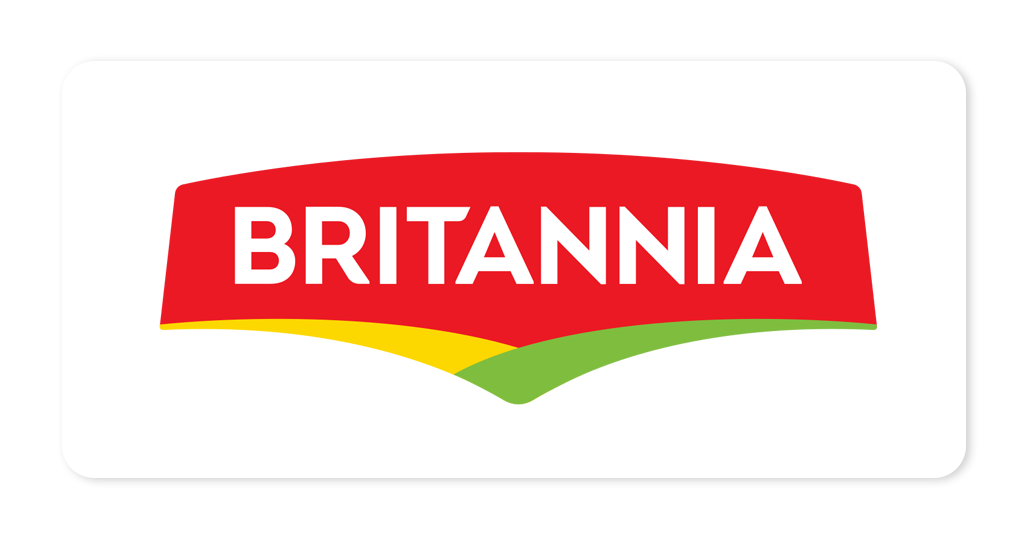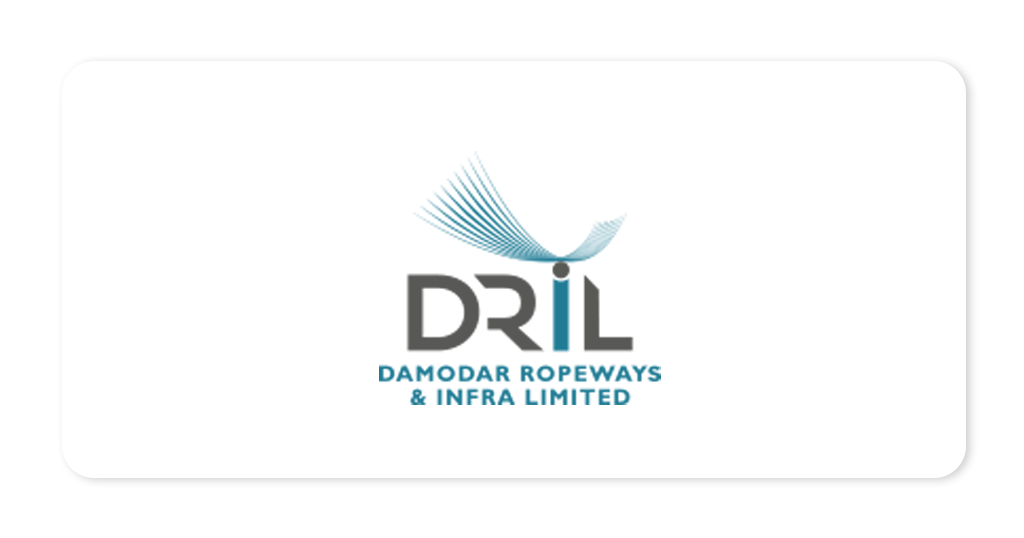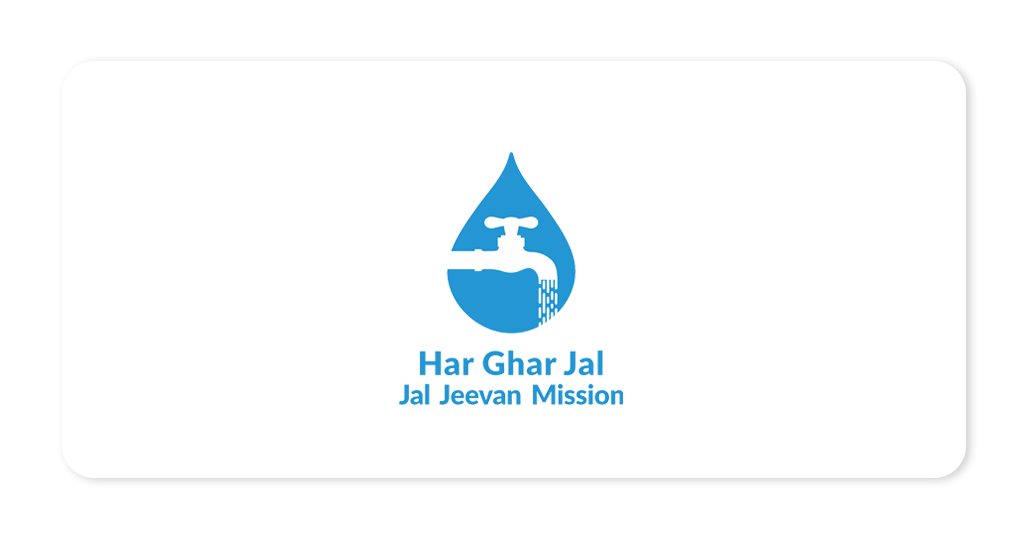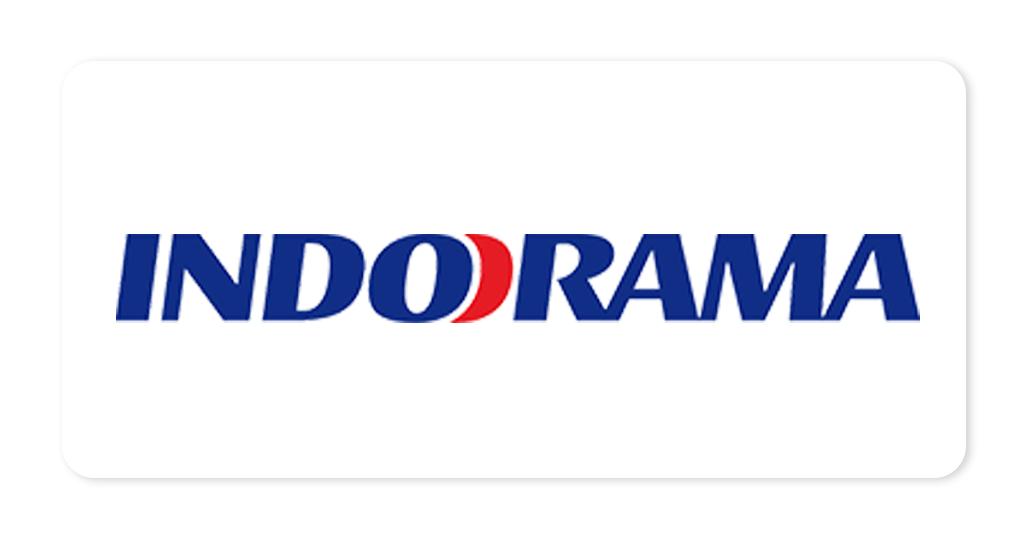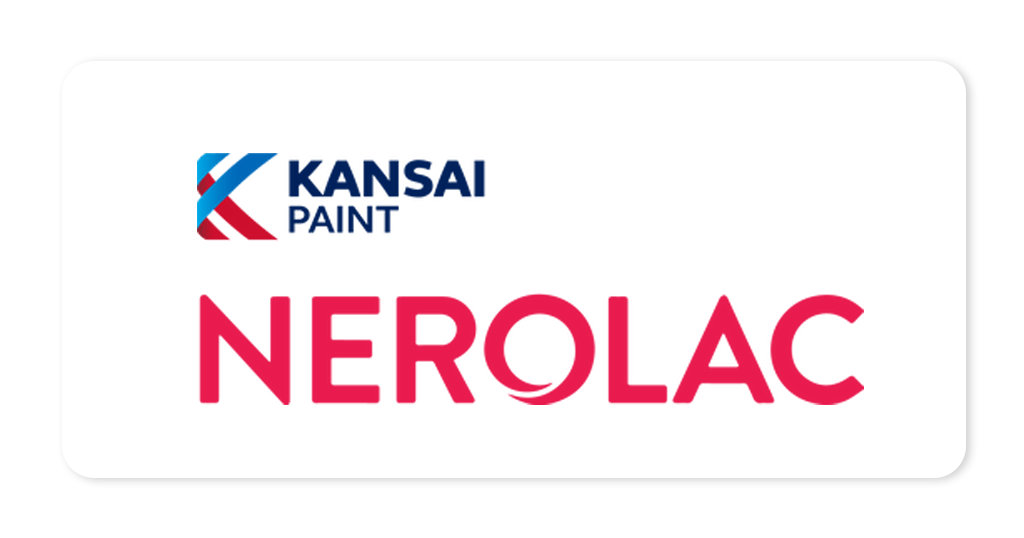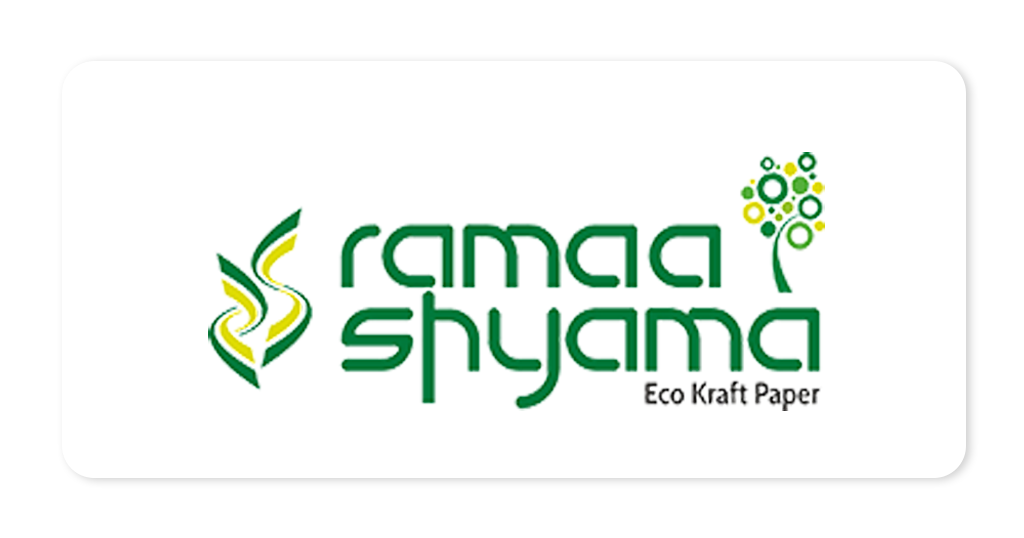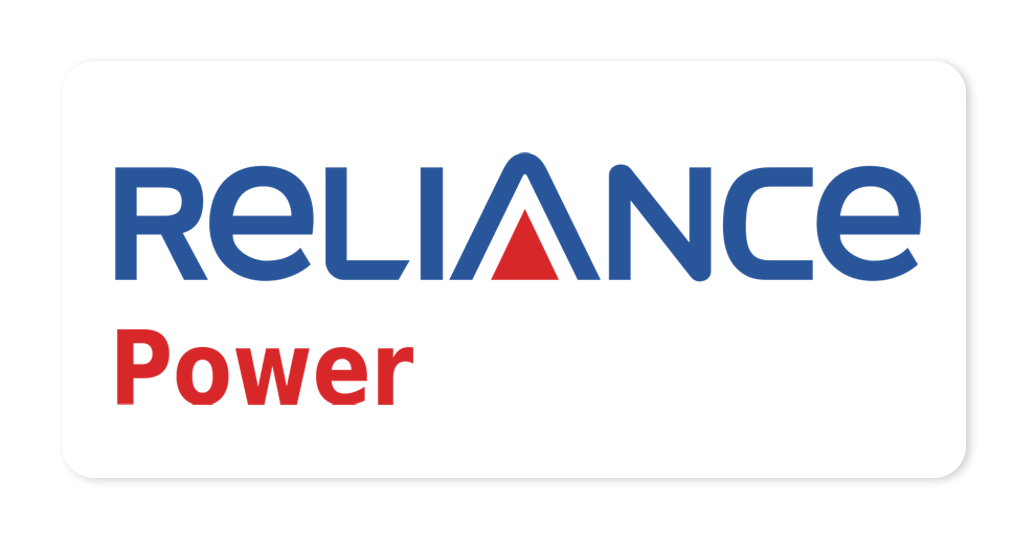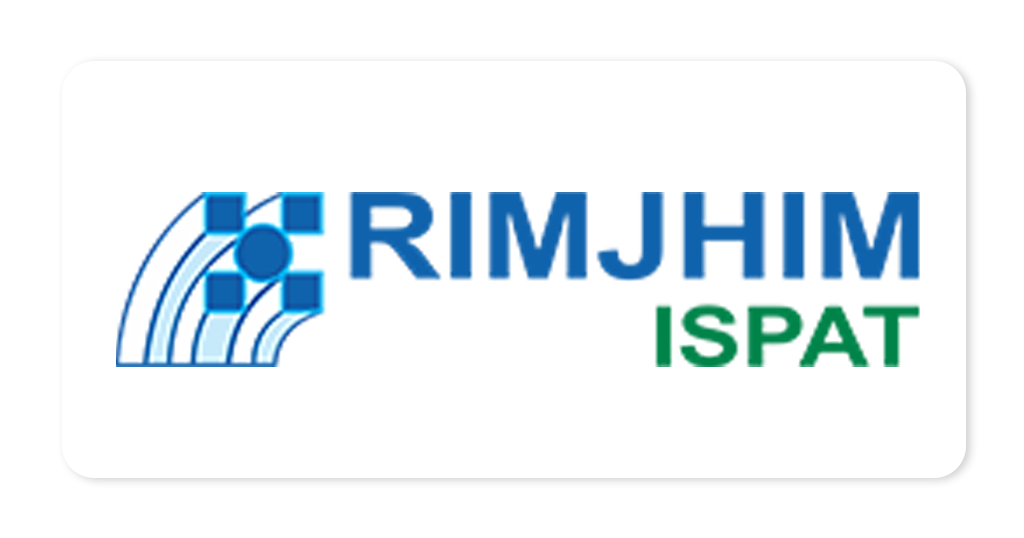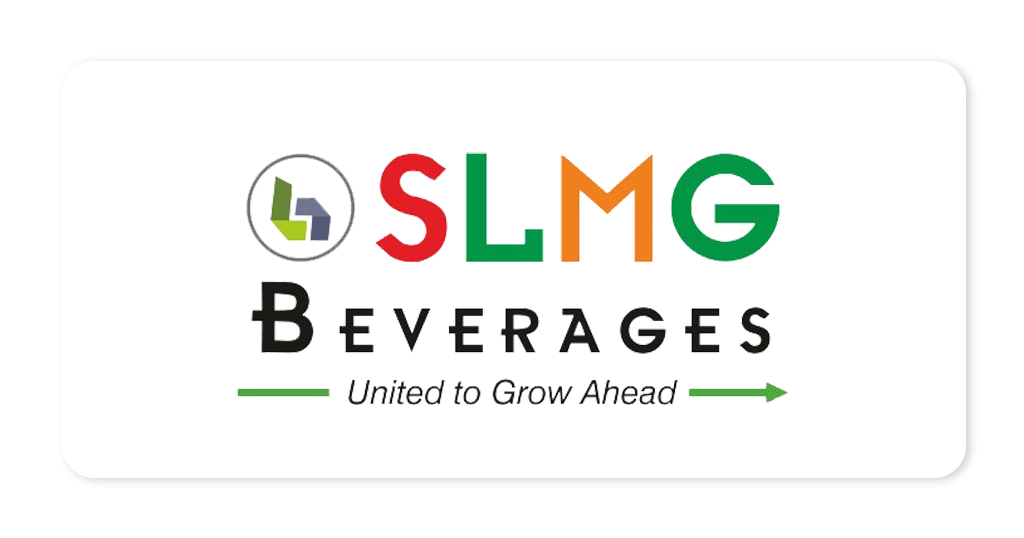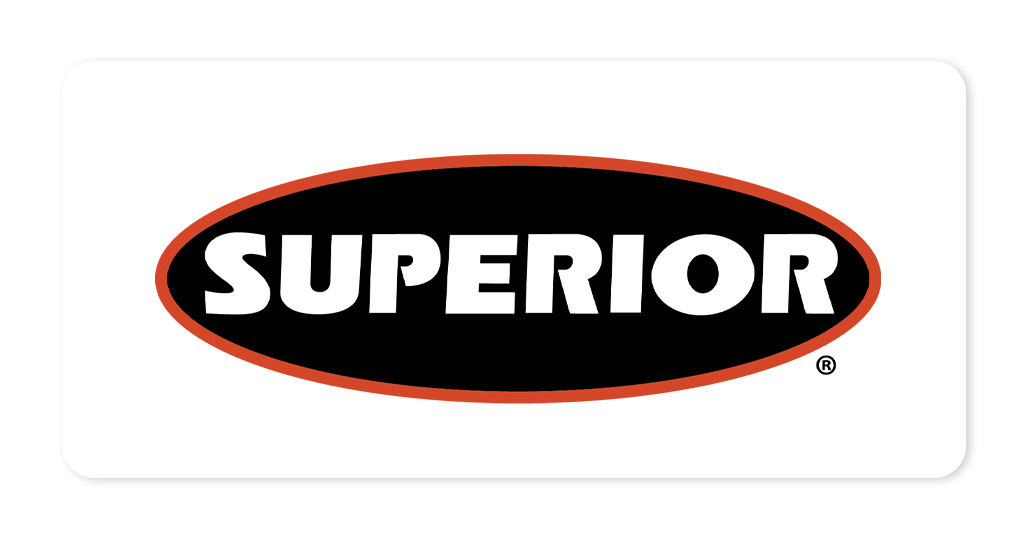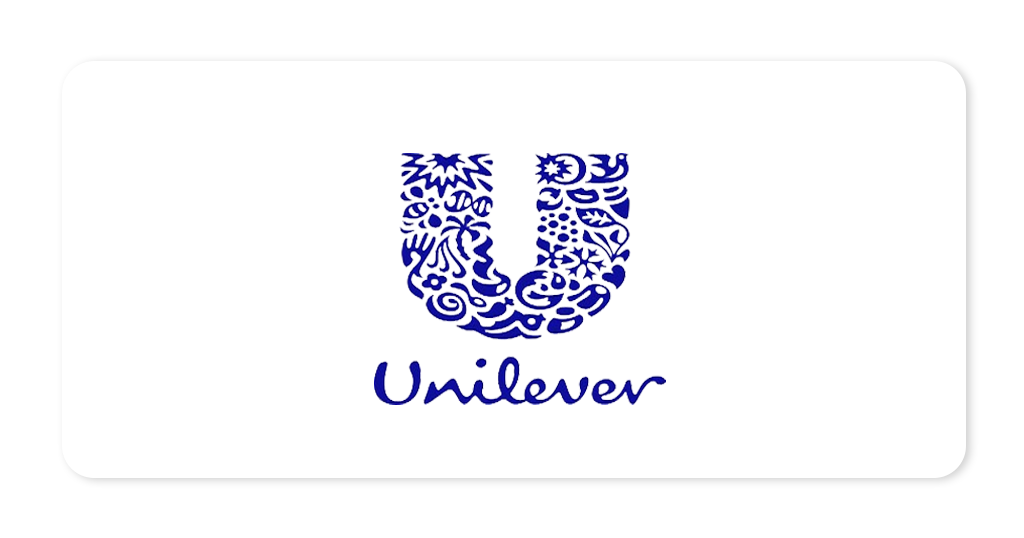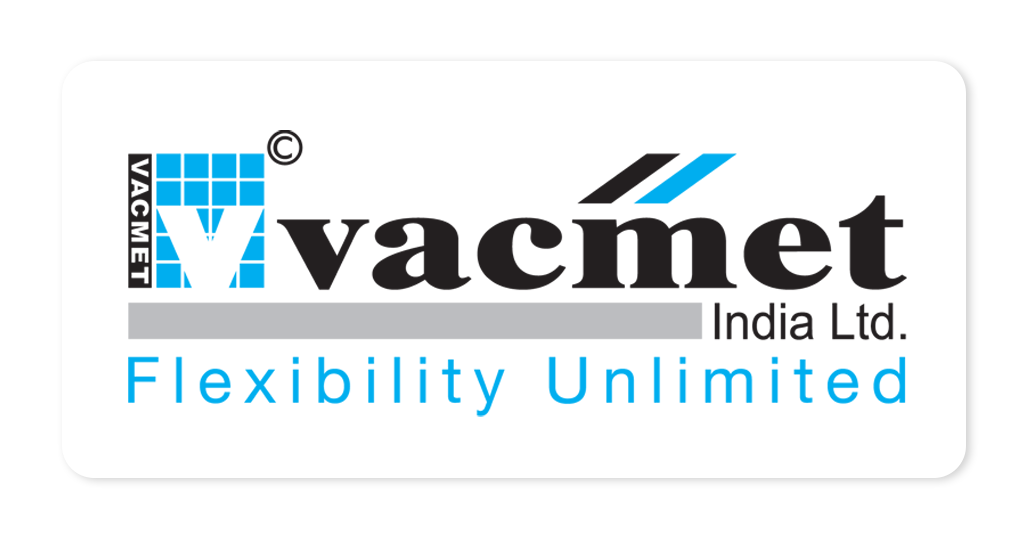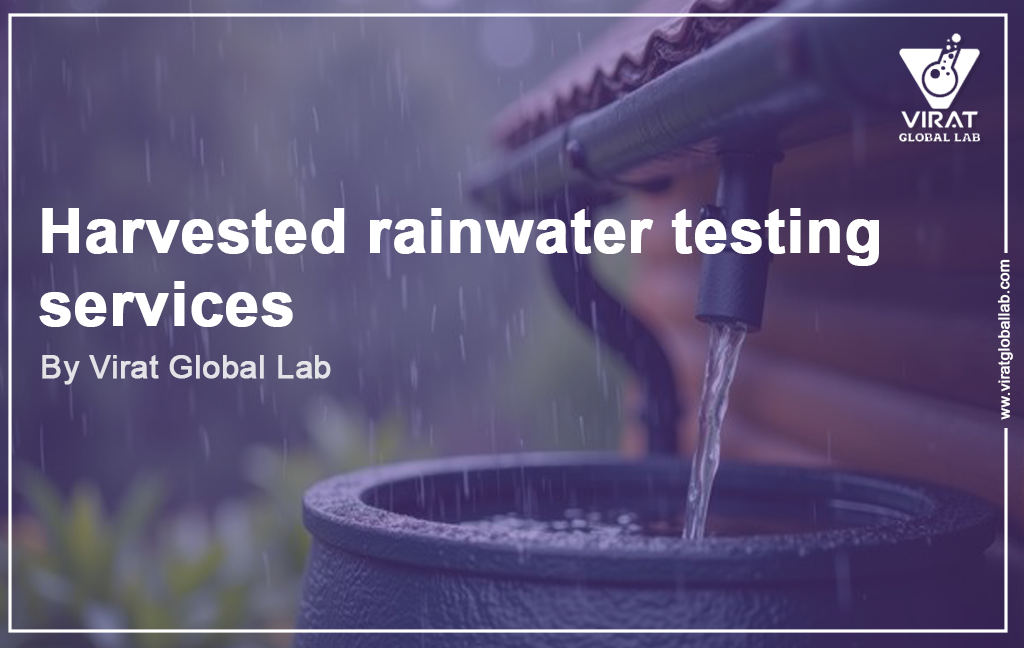
Rainwater harvesting is becoming an increasingly popular solution to India’s water scarcity challenges, particularly in urban centers where groundwater levels are declining. It is an eco-friendly and sustainable practice that helps recharge aquifers, reduce dependency on municipal supply, and promote water conservation. However, despite its environmental benefits, the quality of harvested rainwater must be tested before use, especially if it is intended for domestic, agricultural, or industrial purposes. Rainwater, although naturally soft and free from many dissolved salts, can pick up various contaminants from rooftops, collection tanks, and the atmosphere. Ensuring its safety requires a thorough examination of specific physical, chemical, and microbiological parameters.
One of the primary indicators tested in rainwater is alkalinity, which reflects the water’s capacity to neutralize acids. This affects how the water interacts with soil and piping systems. Similarly, total hardness, caused by the presence of calcium and magnesium, influences the usability of water in households, often leading to scale formation in storage tanks and pipes. Another important factor is phosphate concentration, which, when elevated, often points to organic pollution or runoff contamination and can accelerate algae growth in stagnant water. Sulphate content is also analysed, as high levels may corrode plumbing systems and cause unpleasant taste or health effects.
Nitrate levels in harvested rainwater are critical to monitor, especially in areas near agricultural fields. Nitrates can leach from fertilizers into the air and be deposited through rainfall, posing a serious health risk, especially for infants. Silica, although naturally occurring and usually non-toxic, can accumulate in water systems, affecting industrial processes and reducing the efficiency of water heaters and filters. Total Suspended Solids (TSS) are another key parameter—these are fine particles that can harbour bacteria, contribute to turbidity, and indicate poor filtration or debris from catchment areas.
Of growing concern are toxic heavy metals such as cadmium, lead, and zinc, which can enter rainwater from old roofs, paints, pipes, and industrial pollution. Even trace amounts of cadmium and lead are extremely harmful and can cause irreversible damage to the kidneys, nervous system, and other vital organs. While zinc is essential in small amounts, excessive levels can also be harmful to both humans and aquatic life. Lastly, the presence of total coliform bacteria is tested to assess the microbial safety of rainwater. Coliforms serve as an indicator of potential contamination by disease-causing organisms and signal the need for further disinfection.
To ensure rainwater quality meets environmental and health standards, professional testing is essential. That’s where Virat Global Lab, based in Lucknow, plays a vital role. A division of Aseries Envirotek India Private Limited, Virat Global Lab specializes in eco-friendly, accurate, and comprehensive water testing services across India. With advanced equipment and a commitment to sustainability, the lab provides reliable analysis of all key parameters to help individuals, institutions, and industries make safe and informed use of harvested rainwater. Whether you are setting up a rainwater harvesting system or already using one, trust Virat Global Lab to verify the quality of your water and support your journey towards a greener future.
At Virat Global Lab (A Division of Aseries Envirotek India Pvt. Ltd.), we invite businesses, Industries and institutions across various sectors to explore the benefits of partnering with us for their environmental testing and analytical needs.





